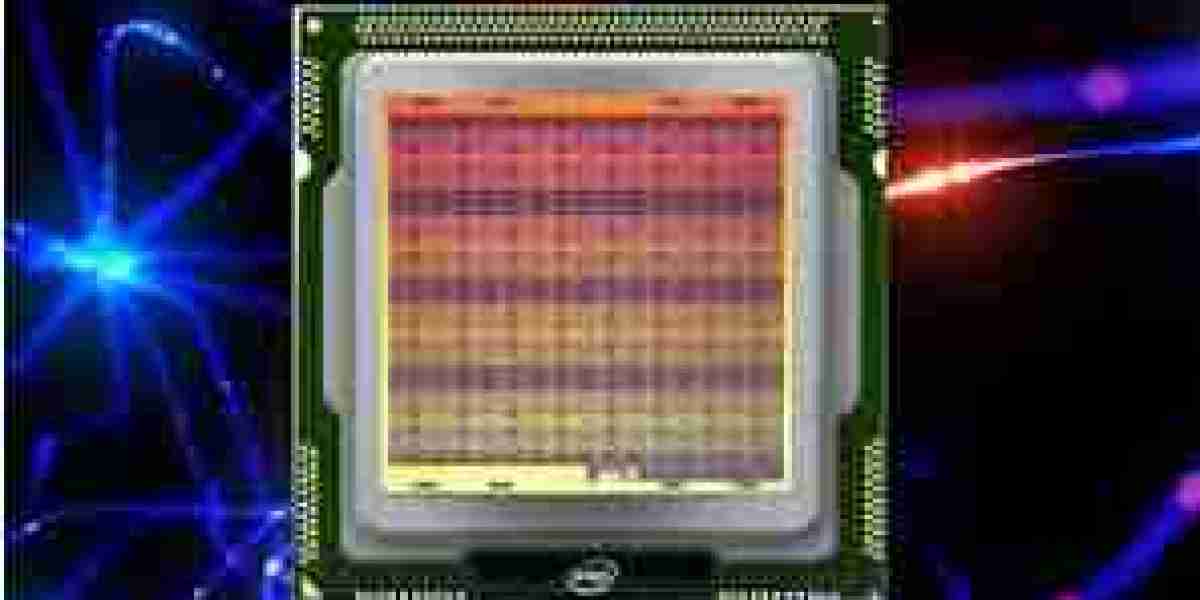The neuromorphic chip market is accelerating into a new phase of maturity, marked by groundbreaking technological advances and strategic system deployments. These developments highlight the progress of neuromorphic computing from experimental R&D toward transformative applications in AI, healthcare, robotics, and beyond. Recent milestones point toward increased commercial readiness and the expansion of neuromorphic hardware capabilities across diverse environments.
1. Hybrid Bio-Silicon Systems: Cortical Labs' CL1 Launch
In March 2025, Australian startup Cortical Labs released the CL1—a pioneering biohybrid computing platform integrating living human neurons with silicon circuitry. About the size of a shoebox and powered by just a few watts, the CL1 sustains neuron cultures in a nutrient broth and enables live physiological interaction between neurons and electronic components. Its early applications focus on neurological disease models and drug development, while raising intriguing ethical questions about synthetic biological intelligence. The CL1 is set for broader availability, with cloud-based access planned later this year.
Why it matters: This breakthrough demonstrates that neuromorphic systems can extend beyond purely electronic architectures, fostering breakthroughs in hybrid bio-silicon computing and opening new possibilities for modeling biological intelligence.
2. Scaling System Architectures: Intel’s Hala Point
Building on its Loihi 2 research chip, Intel introduced “Hala Point” in April 2024—a large-scale neuromorphic computing system containing 1,152 Loihi 2 chips and capable of simulating over 1.15 billion neurons and 128 billion synapses. Installed at Sandia National Laboratories, this 6U rack system achieves 20 quadrillion operations per second while consuming just 2.6 kW—about 50× faster and 100× more energy-efficient than typical CPU/GPU-based deep learning systems.
Why it matters: Hala Point serves as proof that neuromorphic computing can scale dramatically—with real-world implications for sustainable, large-scale AI deployments in scientific, defense, and enterprise sectors.
3. Power-Efficient Sensor Fusion: Loihi‑2 in Robotics and Autonomous Systems
In August 2024, researchers leveraged Intel’s Loihi 2 to significantly accelerate sensor fusion for robotics and autonomous driving. The neuromorphic system processed multi-modal datasets like radar, visual, and LiDAR inputs, achieving up to 100× more energy efficiency compared to CPUs and 30× vs. GPUs—all while speeding up response times.
Why it matters: This application confirms neuromorphic chips’ suitability for real-time, low-power autonomous systems, bridging the gap between academic promise and practical deployment.
4. Photonic Neuromorphic Chips: On-Chip Learning at GHz Speeds
A new study released in June 2025 showcased a GHz-scale photonic spiking neural network (PSNN) chip on standard silicon, capable of in‑situ supervised learning and retro-retina spike encoding. Achieving ~100× speed improvements in video recognition tasks over conventional methods and delivering 80 % accuracy, this photonic neuromorphic chip pushes the boundaries for ultrafast, low-latency AI.
Why it matters: This innovation paves the way for hybrid electronic-photonic neuromorphic systems that can handle high-bandwidth, real-time sensory workloads—ideal for autonomous vehicles and live vision systems.
5. Massive Photonic ONNs: 41 Million Neurons on a Metasurface
Another April 2025 breakthrough from academic labs demonstrated an optical neural network (ONN) implementing 41 million photonic “neurons” using a metasurface chip, capable of deep learning benchmark performance (ResNet/Vision Transformer) at over 1,000× less energy consumption compared to GPUs.
Why it matters: This signals a future where neuromorphic computing combines optics, meta-materials, and parallel processing architectures for unprecedented scale and efficiency.
6. DARPA, Academia, and Commercial Partnerships
Numerous partnerships are advancing neuromorphic deployment: SynSense and BMW are working on smart-cockpit SoC systems integrating event-based sensors and processors; Accenture and IISc (Bengaluru) are driving edge-focused neuromorphic R&D; Cornell Tech and BrainChip launched neuromorphic computing student programs in May 2024. TDK, CEA, and Tohoku University collaborated on spin‑memristor devices achieving 1/100th energy consumption.
Why it matters: These multi-sector alliances are laying the ecosystem foundation—advancing sensor-hardware integration, developing IP, and training the next wave of neuromorphic talent.
7. Edge Market Expansion and Economic Forecasts
Market analysis reports project the neuromorphic sector growing from USD 139 M in 2024 to USD 1.3 B by 2032 (29.5 % CAGR). North America leads in R&D and adoption, followed by rapid growth in Asia-Pacific thanks to government investments and electronics demand.
Why it matters: These forecasts reinforce the commercial momentum behind neuromorphic chips, signaling rising investor interest and widespread adoption—especially in edge AI and cognition-centred markets.
Conclusion
Recent developments underscore a distinct shift in the neuromorphic chip market—from single-chip prototypes to system-scale deployments, biological hybrid models, and photonic innovations. These milestones reflect a maturing ecosystem that bridges neuroscience, materials science, AI, and device engineering.
As neuromorphic systems scale into billions of neurons, integrate with real-world sensing, and enter hybrid formats, the stage is set for next-generation intelligent systems delivering unmatched efficiency and performance. Future growth will hinge on continued investment in scalable architectures, photonic-electronic integration, ethical standards, and ecosystem partnerships. What began as an experimental paradigm is now nearing broad commercial readiness—and these recent breakthroughs mark a critical turning point.




